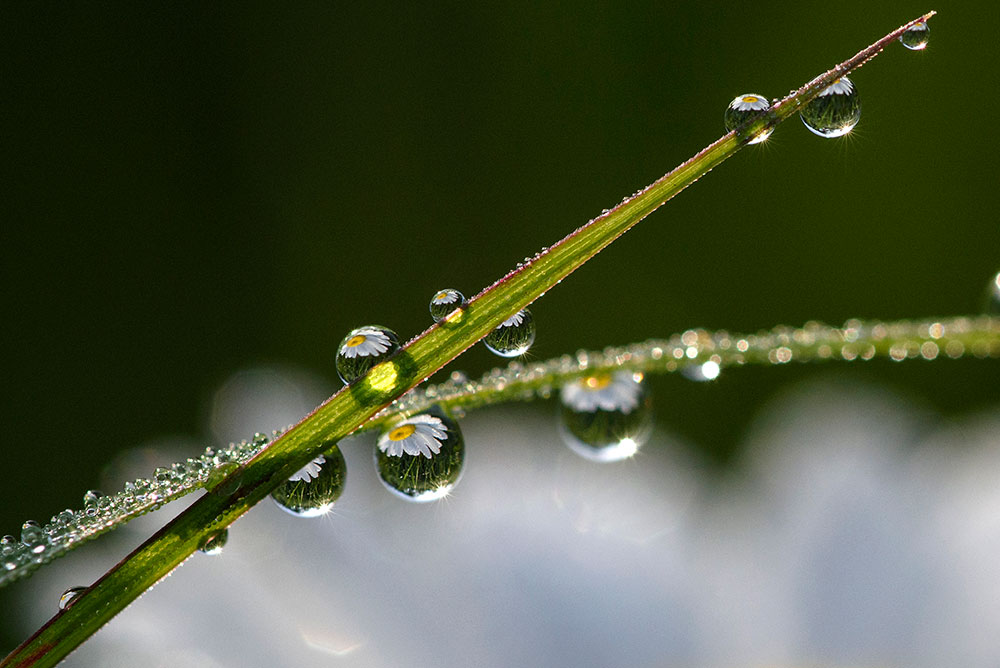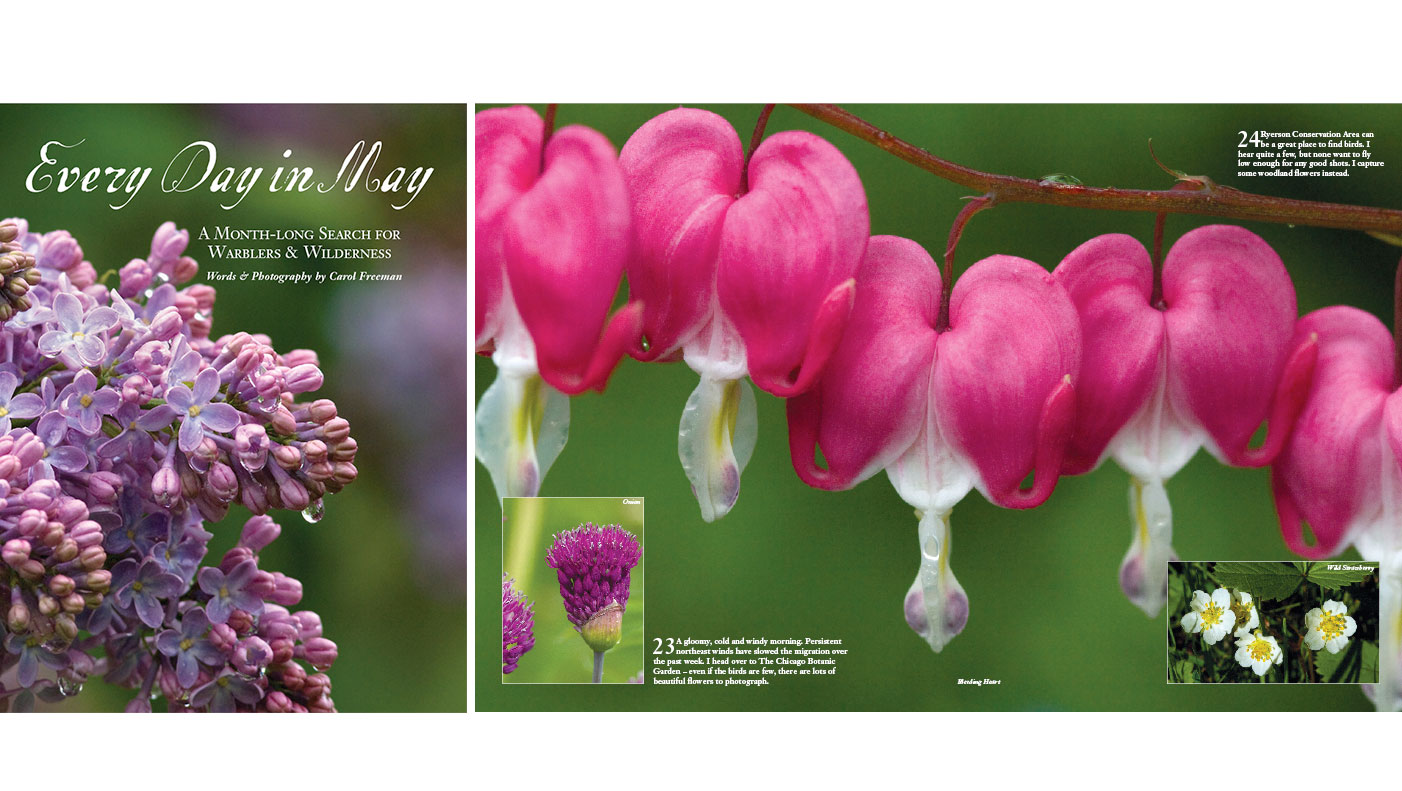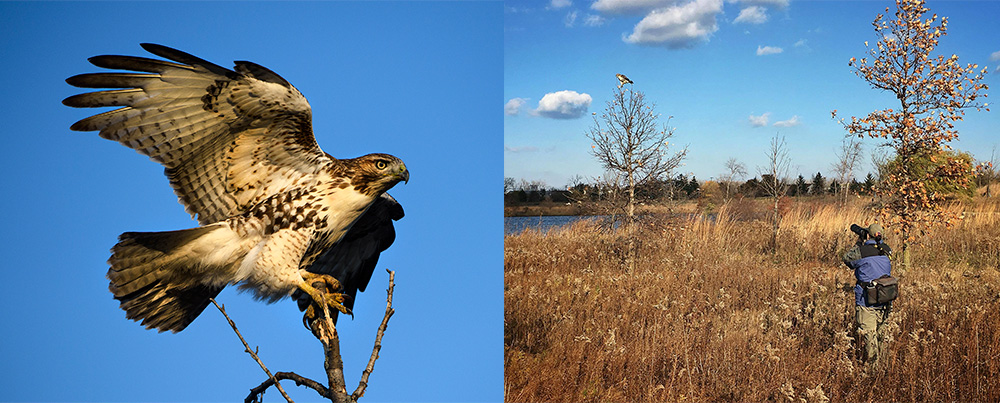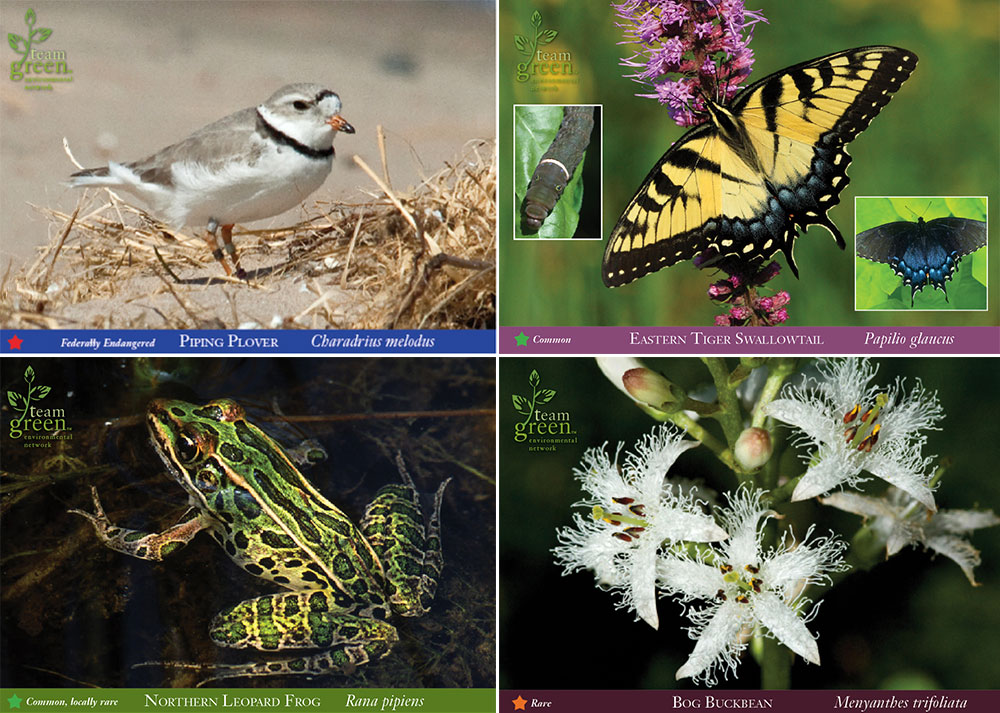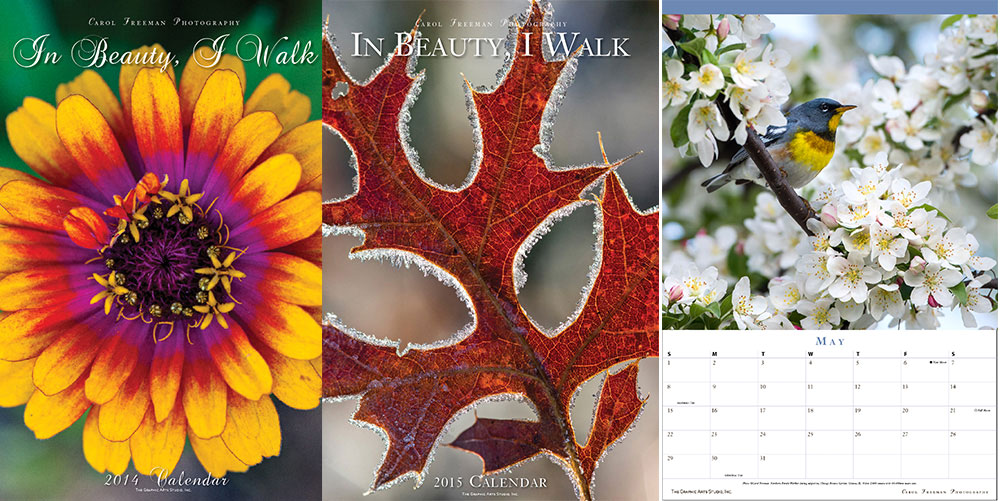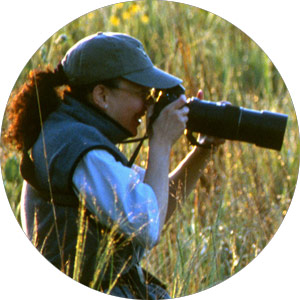From Amateur to Professional Photographer: Carol Freeman’s Tips to Go Pro
Cover and spread from Carol's book "Every Day in May." A personal project that was later turned into a book.
For 13 years Carol Freeman ran a successful graphic design business just outside of Chicago. “In our heyday the business had eight employees and brought in sales of more than $600,000 a year. I started the company and loved what I was doing, but after a while more of my time was going to tasks that did not inspire me. I was spending fewer hours being creative and more hours managing. I had very little time off.”
To return creativity into her day, plus benefit the environment, Freeman doubled her efforts in seeking out nature-aligned clients. Doing so not only added to the bottom line, but inspired her to strengthen her environmental photography pursuits. Success hit when she landed the Chicago Botanic Garden, The Nature Conservancy of Illinois and Chicago Wilderness magazine. “Those assignments further developed my knowledge and appreciation of the outdoors, plus honed my photography skills.” The work also gave her confidence to leap from part time to full time pro.
Early morning dew captures the reflection of Ox-eye Daisies on Somme Prairie Grove. You have to watch the weather and get up really early to capture these kinds of shots.
Making a Smooth Transition to Life as a Professional Photographer
It took nearly four years of planning to transition from Graphic Designer to Professional Photographer. “With nature photography there’s a lot of competition for a very small market. At some point everyone needs graphic design; one in one-thousand needs a nature photographer. I wanted to be sure I was ready and financially prepared,” she asserts. “Organizations require strong visuals to attract donors, customers and volunteers – my experience as a graphic designer helps me to capture striking images that work for these customers.” she references. “I was also fortunate. I got my big break early on by landing two large assignments.”
A rare sighting of nature photographer Carol Freeman in action photographing a young Red-tailed Hawk at Lake Glenview. Amazing wildlife can be found in urban settings if you take the time to look.
Freeman cites two tasks that she undertook before taking a full time leap. 1) Size up potential streams of revenue: teach, pitch and land magazine work, sell stock photographs, make and sell photo products. 2) Create a solid exit strategy from her graphic design business.
Steps to Take Before You Leap
-
Pay off debt
-
Create a savings cushion
-
Draw a minimal salary and live a simple life
-
Understand cash flow and how to project income stream
-
Start locally
-
Do not work for free. At the least, barter or get something in return
-
Find a niche and do what you love
-
Align with like-minded business vendors/partners
Through her unwavering dedication and efforts, Freeman keeps on top of the referral list when it comes to both nature and endangered species photography. “I spend a lot of time in the field. I volunteer on restoration days, meet the conservationists in the area, plus learn about the issues and needs for photography. I take the time to get to know each species, and I inquire why my images will help tell the story. Knowledge about the environment and species not only motivates me but it also gives my photos extra value (besides the aesthetic appeal) because it allows me to create photos that appeal to a larger audience and lets me reach more clients.”
Her images have appeared in publications such as National Geographic, Better Homes & Gardens, Nikon World and Birds & Blooms. She has been profiled in The Costco Connection and American Lifestyle. She also provides images to Audubon, Chicago Wilderness, The Plants of Concern and The Nature Conservancy. “It is constant work keeping my name and work in front of prospective clients; for every 10 inquiries I am lucky to get one assignment.”
Be Logical: Draw from Experience
Even before selling her business it was only natural that she, a designer, seek commercial outlets for her imagery. A first chance came serendipitously. “I had a printer who made his own marketing calendar. I offered to design a new calendar for them using my photos in exchange for several hundred calendars that I could use as a promotion. This let people know I was now doing photography. The next year, instead of giving them away, I sold a few. We have been creating the calendar together for the past 17 years. It’s now my most popular product.”
Examples of Carol Freeman’s photo bookmarks. Aside from being a retail product, Freeman’s photo bookmarks also double as a marketing tool; she uses them as business cards and gives packs away to nature organizations.
“In most print jobs there’s often waste (unused or margin space) on each sheet of paper. I began to think about how I could utilize that wasted space,” she says. “The paper is already running though the press. Adding a product into that space requires very little additional ink —bookmarks became the obvious.” So here again, Freeman taps design plus printing experience and makes it pay off. Her tip for photographers looking to create products: “Be flexible with your products’ dimensions and work with your printer to maximize a printing investment.”
Examples of Carol Freeman’s photo Nature Trading Cards.
Succeeding as a Full Time Nature Photographer
After 20 years as a nature photographer Freeman is well known. “Locally, that is,” she smiles. “I have built a loyal following but obviously that did not happen overnight. I do daily posts on my social media page, I have a gallery event coming up next year and am working on a book and a music video. My photo products are sold on my site, plus are featured in local retail shops but I could use more accounts.”
She occasionally donates products to fundraisers. “A few words about donating though,” she says firmly. “We as photographers should not give away our images. Barter, trade, land additional work, get publicity, find some way to be compensated for your talent and efforts.”
“There are perks to being a full time nature photographer. One is that I have the best office in the world. I set my own hours and, since I’m usually up at sunrise, I’m often done with photography before most reach their office. About 10 percent of my time is spent in the field; 90 percent is in the office where I am reviewing images, editing and keeping up with marketing and submissions.”
Covers for “In Beauty, I Walk” calendar, her most popular item. The inside months are printed on one side only so the calendar images can be framed at the end of the year giving the calendar an extended life.
Know How to Go Pro
Freeman’s decision to go pro was not only calculated, it was logical. While running her business she took note of what imagery worked and what did not. She listened to clients, all the while improving upon her own talent and artistry. When the time came, she directly transferred business skills, expertise and contacts to her new full time photography career.

